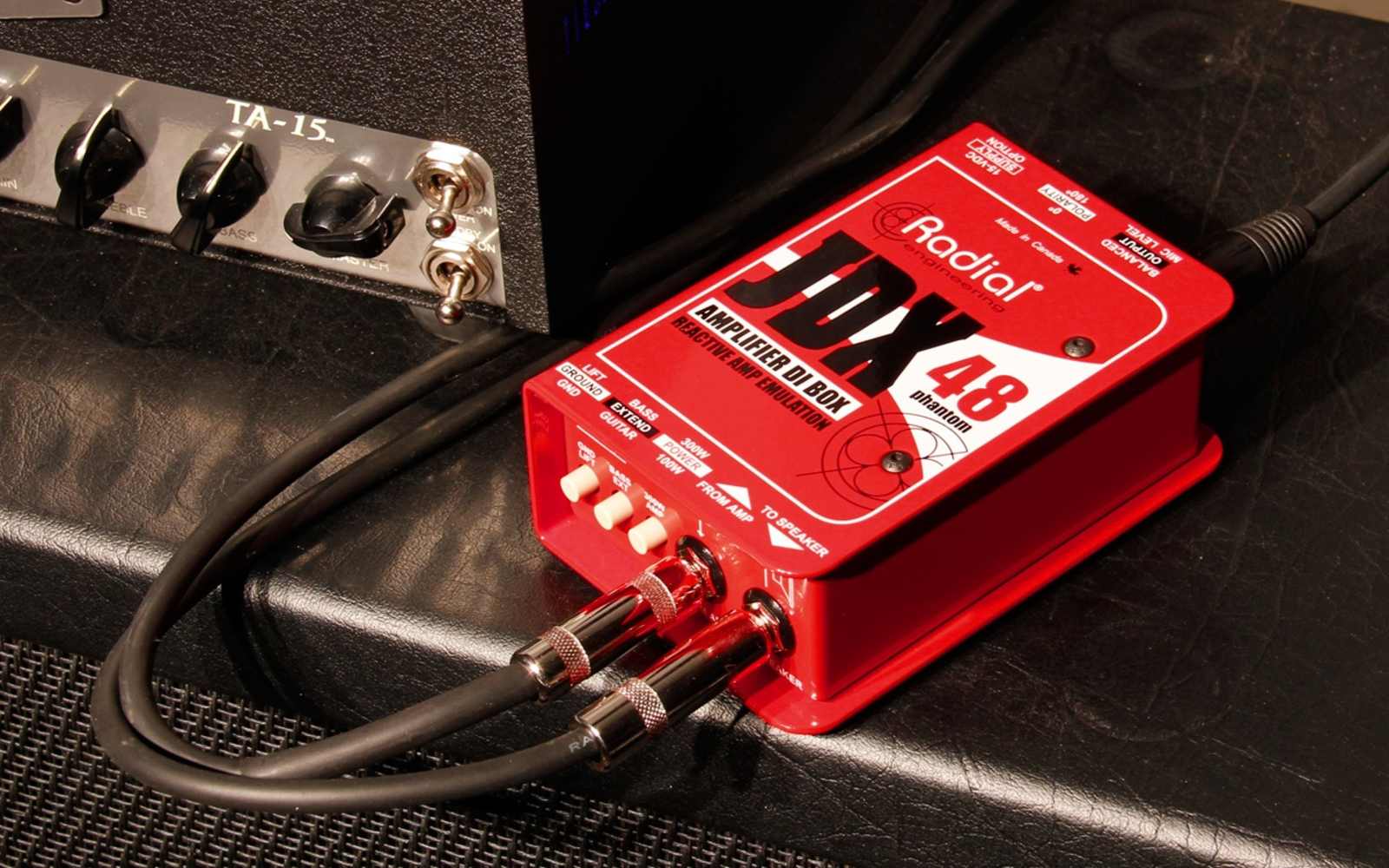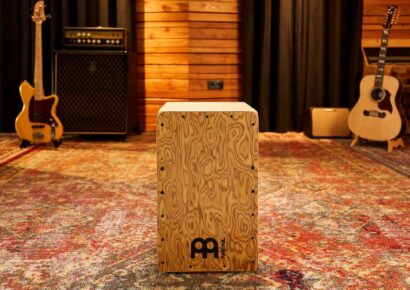Looking for the ultimate in in-your-face guitar tones?
When you are trying to achieve a more consistent result with your guitar amp sound, it is best to eliminate any variables right away. The first thing that comes to mind is microphone placement. This is critical when recording your guitar amplifier and an adjustment of half an inch in any direction or a slight variation in the angle of the microphone and you will hear different results. At the same time, room noise can play a part in your overall sound with environmental and reflective sounds contributing to your overall sound. So, getting a direct line from your guitar amp is the easiest way to solve these problems. But, it is not always as easy as it seems. It is not simply a matter of running a DI box on the way into your amplifier as you would when recording an acoustic guitar for instance.
Read up on all the latest features and columns here.
This will only deliver the clean tone direct form the guitar and none of the guitar amp and its tone to your recording, so a different approach is needed. Some amps do offer an emulated output designed for recording, but often these are taken from the signal path after the preamp and before the power amp section, leaving you missing an essential element in your amp’s tone. What needs to be done is for you to get into the signal path after the power amp section of your amp, before the signal gets to the speakers and capture the sound there.
A different DI
In order to capture your amp’s tone after the power amp, you can’t just go about it by plugging the speaker output into your DI or interface. Doing either of this will cause damage to your recording system and probably your amp too. So please, be warned, you need to take some care here. Remembering you amp is creating an amplified load and it needs to expel this energy, so you must always have speakers or a power soak connected to your amp’s speaker outputs at the correct impedance. There are a number of devices available though; these special DI boxes get into the signal path between the amp and the speaker, where usually a single speaker cable would be run. Hughes & Kettner make the ever popular Red Box and Radial Engineering have the rock solid JDX Reactor. Both are currently available specifically for this purpose. Both units allow for the amplified signal to be passed through unchanged to the speaker, but capture the tone at the same time and direct it out at line level on a balance XLR output with cabinet simulation. What you get is the full sound of the amplifier, after the power amp stage, with the addition of the tone you would expect from a 4×12 cabinet as well. This delivers a consistent sound every time you go to record that amplifier so you can know just how it will result on tape.
It is easy to use such a DI when operating a head and a cabinet as you can easily get into the signal with the external speaker cable, but it is not always so simple with combo amplifiers. If your combo is rigged for a range of external speaker options, there is usually a 6.5mm jack running from the amp block to the cable connected to the speaker, rather than having it hard wired. This will allow you to add a short speaker cable in there and get into the signal path, but remember to always use a speaker cable and not just any patch cable. Instruments leads are not designed to handle the impedance of an amplified signal and using them can result in damage to your amplifier. If your combo has a hardwired speaker cable, you are pretty much stuck with the microphone only option, unless you want to get handy and do a little modification, but that is not something I am going to recommend doing. If that’s something you need to have done, it’s probably best leaving it to an experienced amp tech.
Read more about Nile Rodgers plugging directly into a mixing console for a supremely clean and forward sound here.

